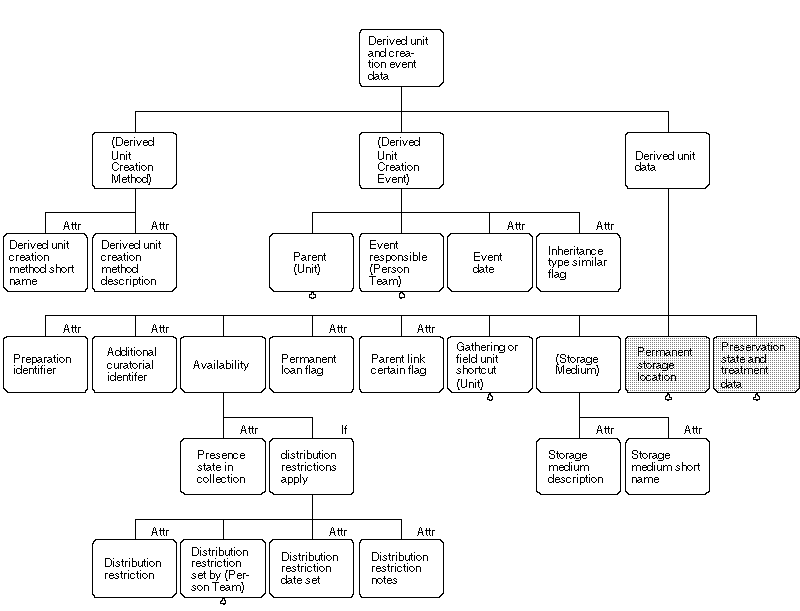

Diagram 16: Derived unit creation event (Entities)
The Derived Unit represents a physical item which is or has been present in a collection. A process of curation, preparation, cultivation, or a transfer event may give rise to one or more derived units from one (or rarely more) parent unit(s). The model does not limit the number of iterations of this process. It is thus possible to store highly iterative processes, such as cultivation and propagation histories.
The derived unit's attributes, together with those of the Derived Unit Creation Event (Diagram 16) are further specified in Diagram 17 and described as follows:
The Derived Unit Creation Method is a dictionary of available methods which are used in the creation of new units. Such "methods" include the acquisition of material from an external source, in which case the entity Unit must have a link to the entity Unit Transfer (see Diagram 24). For in-house preparations, collections will establish their own subtypes of methods, if necessary. For example, in chemical substance collections several standard extraction methods may be specified. Another not so obvious example is the taxonomic determination of heterogeneous material: for every different taxon identified a separate derived unit is created. The attribute short name serves to rapidly select available methods, while the method description gives room for detailed explanations.
For every Derived Unit Creation Event a link to the immediate parent unit(s) must be provided. The person responsible for the event is the preparator or curator who effected the creation of the derived unit(s). The event date refers to the point in time the unit was physically created, or received at the collection. The inheritance type similar flag expresses the similarity of the parent data with the derived unit's data. A derived unit is considered similar to the parent unit if it is assumed to be genetically similar. Examples for events with inheritance type similar range from propagation of microbial strains (genetical identity is an implicit aim), distribution of duplicate herbarium material of small plants (different individuals with a similar but not identical genetical composition), to dividing soil samples (may even contain a different set of organisms). See also below, under Implementing Derived Unit Creation Events.

Diagram 17: Derived unit and derived unit creation event data
Attributes specific to the individual Derived Collection Unit are located in the respective entity. A preparation identifier is used to store temporary identification numbers, e.g. laboratory numbers for a preparation, an isolation number for a microbe, etc. These numbers are often used in research notes or lab-books before permanent accession numbers are assigned. They are not necessarily unique even within a laboratory, but may be applicable only for the current project. The additional curatorial identifier is used e.g. to distinguish on a herbarium sheet an individual plant which was found to originate from a different collection site, or to belong to a different taxon, than the other plants on the sheet. This identifier may take the form of a suffix to the field identifier but it also may include something like the description of the exact location on the herbarium sheet.
Availability of a unit may be conditional, either because distribution restrictions apply, or because the unit is not any more present in the collection. Even if a unit ceases to exist as a physical object (no storage location, not available for further processing, etc.), the record is maintained as part of the curatorial history of the derived units. The presence of a unit is explicitly recorded in the respective attribute. Possible states are: available, not available because the unit is on loan, lost, given away as a gift, discarded, or consumed as experimental material or in the process of the creation of derived units. Distribution restrictions may be imposed by law (e.g. pathogenic micro-organisms) or by management decisions (e.g. because of ongoing research). The permanent loan flag indicates that e.g. a unit may not be given away as a gift.
The parent link certain flag can be set to indicate that the link to the parent unit can be trusted. The flag is set to true when the derivation from the parent is securely known, it is set to false when additional units might be in between. This allows to properly mark cases of incomplete or questionable derivation histories. For example, microbial cultures are frequently sent from one collection to another collection. The receiving collection has information about the sending collection and (usually) the gathering. Yet, often it is not known whether the sending collection received the material directly from the field collector, or from a third collection. The sending collection's data must then be entered in the first derived unit after the gathering or field unit with parent link certain flag set to false. The gathering or field unit shortcut provides direct access to field data (see under Implementing Derived Unit Creation Events).
Following the concept introduced in the ASC (1992) model, the storage medium includes containers, mounts or preservation fluids used to store the individual unit.
Permanent storage location (Diagram 23) including unit ensembles, and preservation state and treatments data (Diagram 26) are treated under Collection Management below.